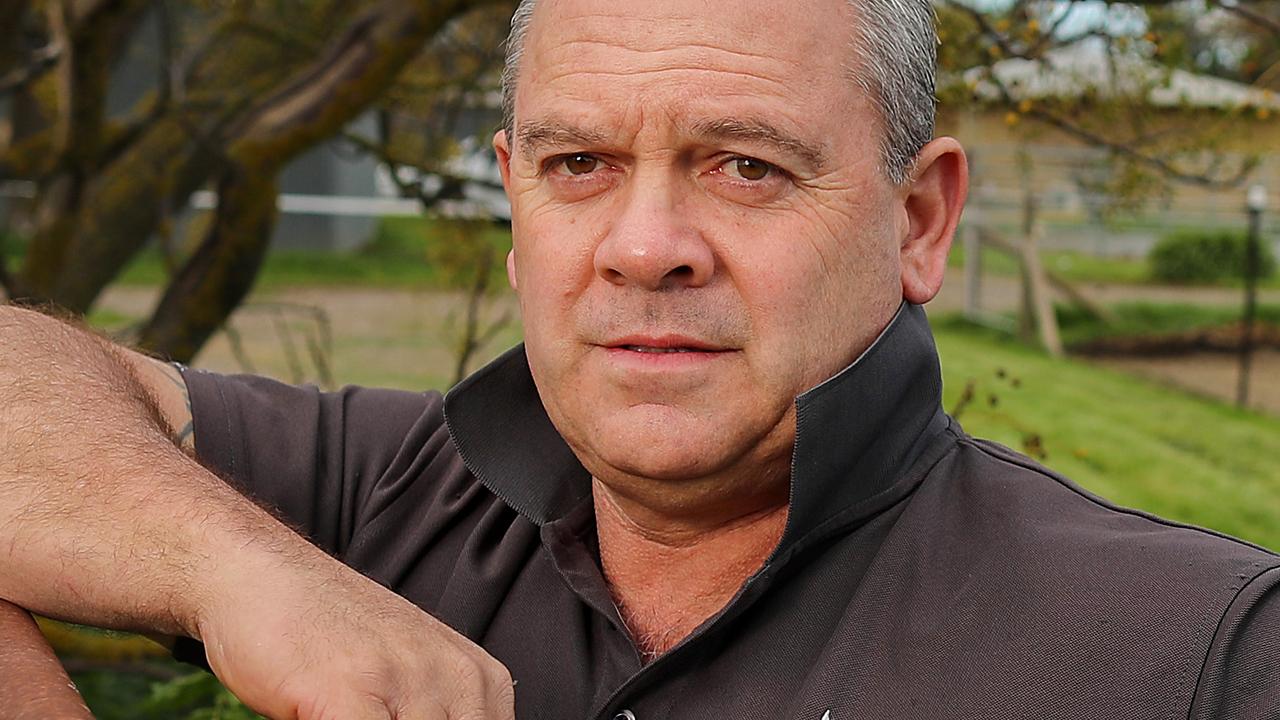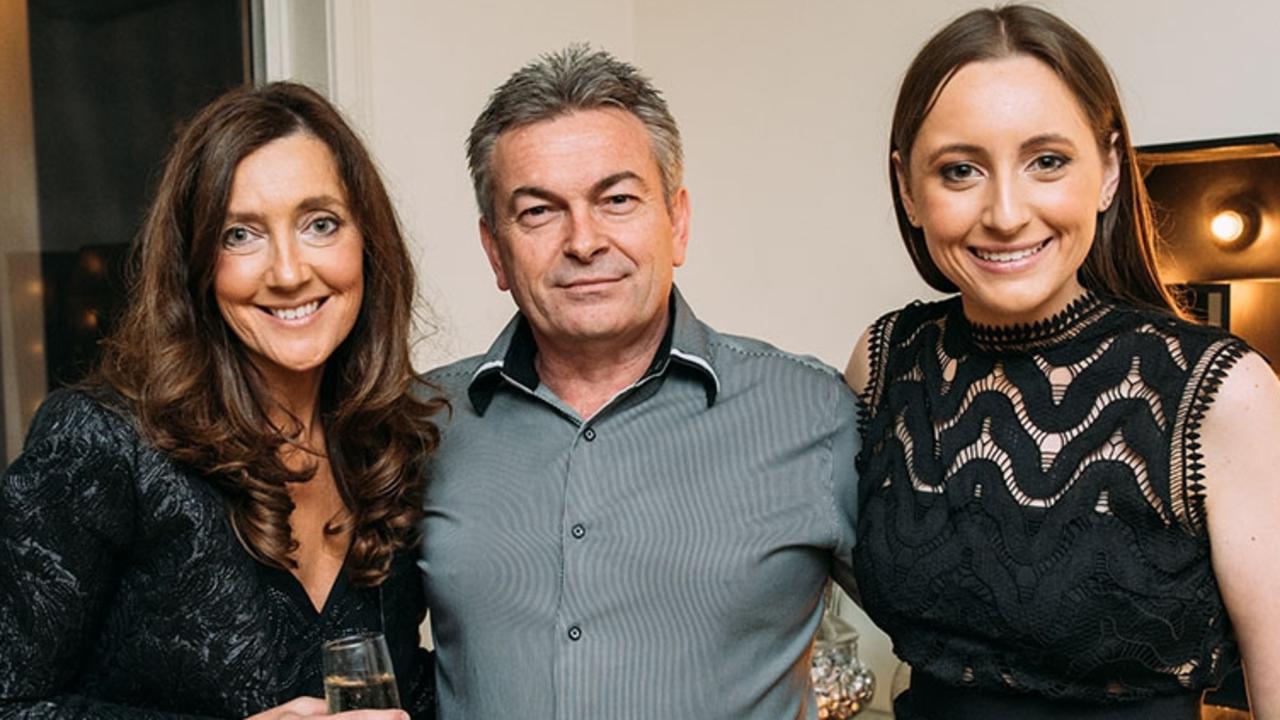Was plane crash death of drug cook ‘Beechworth Bob’ Slusarczyk an accident?
When the ultralight plane flown by drug cook Bob Slusarczyk crashed, it was both a tragic end to his birthday flight and a handy coincidence for the bent police he may have been minded to dob on. NEW PODCAST
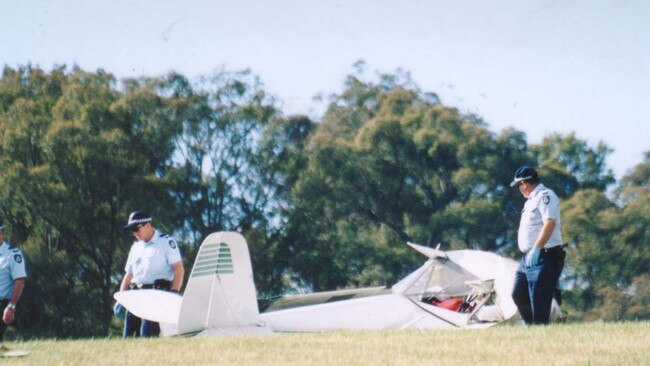
Andrew Rule
Don't miss out on the headlines from Andrew Rule. Followed categories will be added to My News.
It didn’t take a suspicious mind to wonder if “Beechworth Bob”, the drug squad’s favourite amphetamines cook, was the target of foul play when his ultralight aircraft crashed and killed him and his mate Vincenzo Maioramo one spring day in northeast Victoria.
Even Bob Slusarczyk’s friends would admit he was a rough diamond who’d spent much of his life breaking the law and had enemies on both sides of it.
Besides being handy with beakers and Bunsen burners, he was a skilled engineer and seasoned pilot not known for the lapses that kill so many do-it-yourself flyers in their tiny planes.
And, as one investigator mused, Slusarczyk was flying “in his own backyard” when he crashed a machine designed to land on ultra-short airstrips.
That was on November 3, 2002, at Gapsted Winery near Myrtleford. It was Robert Peter Slusarczyk’s 52nd birthday and a tragic ending for him and his passenger … but an eerily convenient coincidence for bent police who feared he would give damaging answers to certain questions in his forthcoming drug trial.
So was the crash a coincidence? Almost 17 years later, some still wonder.
Beechwoth Bob’s last ride
One reason for people to be suspicious about Bob Slusarczyk’s last ride is that in a big country with so many remote air strips, crooks have often used light aircraft to run drugs, guns and smuggled wildlife.
One of the most notorious gunmen of Melbourne’s post-war underworld, Norman “The Chauffeur” Bradshaw, was killed with three others in 1961 when their light plane plunged into the bay near Mornington minutes after taking off from Moorabbin.
It is suspected that Bradshaw — longtime associate of the already murdered killer Freddie “The Frog” Harrison — was the target of sabotage. Something as simple as putting water or sugar in the fuel can make an engine fail.
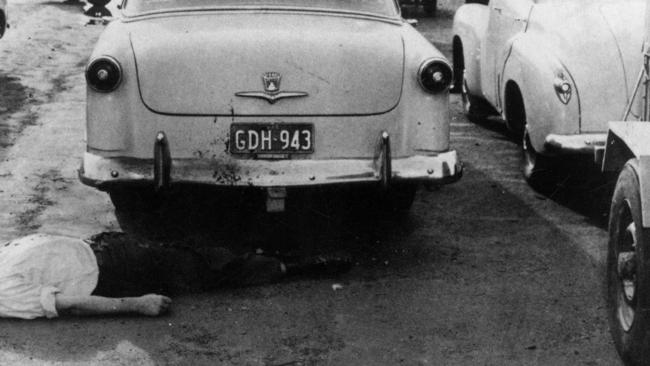
Then there’s the whiff of possible police involvement, such as in the death of neo-Nazi criminal Phillip “the Iceman” Wilson, a sadistic killer and drug dealer who rashly threatened police after his friend Tommy Messenger was shot dead in a raid in 1985.
Wilson threatened he was going to get a light plane, abduct the SOG policeman who shot Messenger and drop him from a great height. He was plenty evil enough to orchestrate such an atrocity but, luckily, he didn’t get the chance.
Wilson was killed with a shotgun outside a Punt Road chiropractic clinic in August, 1987. The killer was never found, prompting persistent rumours that rogue police had got in first.
When Slusarczyk was killed, some people jumped to a similar conclusion.
A tale of two country boys
The information that had led to Slusarczyk being charged three years earlier was impeccable because the drug squad knew him intimately — especially its enigmatic senior officer, renowned “crook catcher” Detective Sen. Sgt Wayne Strawhorn.
Strawhorn and Slusarczyk were both country boys with an interest in practical chemistry. Someone who knew them told a reporter he’d seen Strawhorn “sit on the couch shelling Sudafeds” as casually as if he were shelling prawns.
Sudafeds being the store-bought (or stolen) anti-cold capsules loaded with the pseudoephedrine prized by crooks to sell on the black market or to mix with cruder chemicals to make “speed”.
Slusarczyk was originally from Benalla — where in the 1970s he was arrested for rape, for which he served time. Strawhorn grew up not far away, near Shepparton.
The copper and the crook understood each other. Each had a sharp brain and a taste for easy money that led to a mutually-beneficial arrangement that came under strain when Slusarczyk was charged with manufacturing drugs in 1999.
The background to this was that Strawhorn had set up a “drug diversion” scheme with the approval of superior officers who, even if honest, weren’t as smart as he was.
The scheme meant police covertly bought the precursor chemicals used to make illicit drugs from legitimate suppliers and directed them to certain criminal groups to “cook”.
The theory was that the police would control the flow of drugs and cash and scoop up entire organised crime networks.
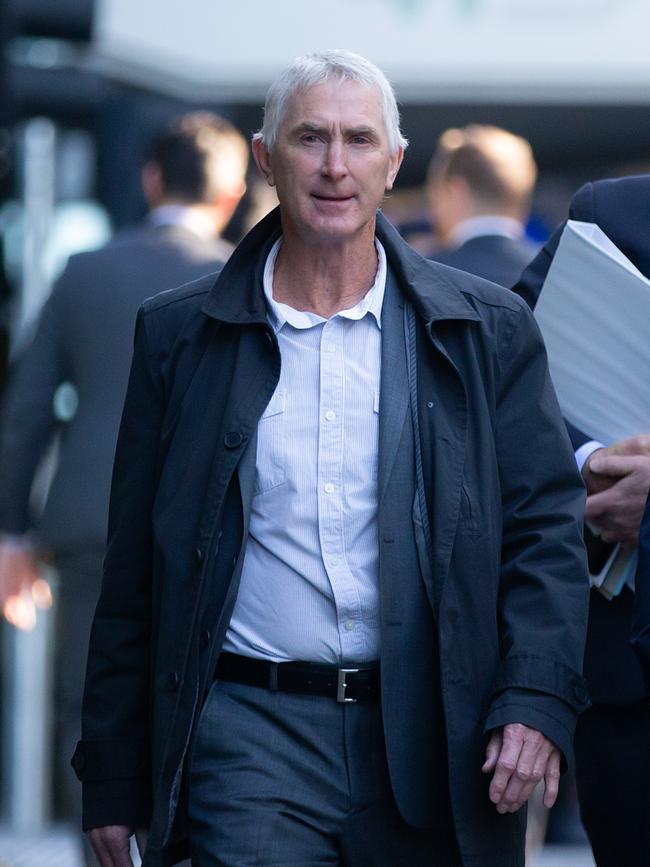
What could possibly go wrong? Only everything, which was ideal for profiteers.
According to those who grew suspicious of the scheme, it let bent police get away with exactly the crimes they were supposed to be stopping.
As a subsequent inquiry found, most of the precursor chemicals distributed by the drug squad “diversion desk” vanished. It seemed that chemicals, drugs and money were switched around by Strawhorn and some of his lackeys like part of a giant thimble and pea trick.
Once supply lines had been set up with chemical companies, it was easy for corrupt police to arrange purchases “off the books”. There was plenty of cash to grease palms and create blind spots.
Sources close to Slusarczyk have told the Sunday Herald Sun he had “cooked” drugs for Strawhorn’s crew for some time. The same sources suggest it was a simple arrangement: the drug squad would give him precursor chemicals and he would keep half the amphetamines he made — and give the detectives the other half.
It was a “win-win”, a bonanza potentially worth millions to both sides, depending how much of the “speed” was apprehended before it hit the street. The answer was, not much.
Bob has a bet both ways
Ironically, Slusarczyk’s cosy relationship with Strawhorn and some of his men might have led him to be charged in 1999 after rumours filtered through the force, including internal affairs investigators.
Slusarczyk, cunning enough to play both sides against the middle, might well have hedged his bets by gathering information against Strawhorn and others. If so, his instinct was high: things did go sour when the drug squad was disbanded ahead of a series of arrests of corrupt police and their associates.
It was a dog-eat-dog world of double and triple cross, smoke and mirrors.
Pointing to Slusarczyk’s arrest to prove it was all part of the master scheme, after all, might have seemed like a good idea at the time. But the risk was that he would punish his former “friends” by telling his version of the truth in court.
Which is exactly what he planned to do, according to legal sources.
Slusarczyk was no pushover. Although widely known and respected in ultralight aviation circles, there was another, much darker side to the one-time bricklayer.
As a young man in the 1970s, Slusarczyk was convicted of raping his neighbour’s wife, a crime committed after he came through the back door of her house after he heard her husband leave for work.
A former brickie’s labourer who worked with him then recalls “he was a dangerous (expletive). He’d kick you in the head and had a bad reputation. A lot of people steered clear of him.”
Much later, when his girlfriend’s child was being bullied at school and teachers and police refused to act, Slusarczyk grabbed two of the offenders and threatened them, a vigilante action for which he was charged.
He appeared before an old-style magistrate who sympathised and agreed that a $500 fine was appropriate — peanuts for a man with a record of “priors” for violence and a fat stash of black cash.
It was a lucky break for Beechworth Bob. But the luck ran out when he tried landing his tiny aircraft at Gapsted Winery on his birthday.
Sabotage, or pilot error?
So, were Slusarczyk and his friend Vincenzo Maioramo sent to their deaths by someone who sabotaged the aircraft that the owner-pilot kept in such excellent order?
The answer, say two experts who inspected the machine and one who wrote a report for the coroner, is almost certainly not.
Veteran ultralight airman Ray Hill had been having a quiet Sunday night with friends at Avenel when he got a late-night call from an executive of
Recreational Aviation Australia in Canberra, Paul Middleton.
Middleton told Hill that police were insisting an expert inspect the crashed aircraft before the bodies were removed.
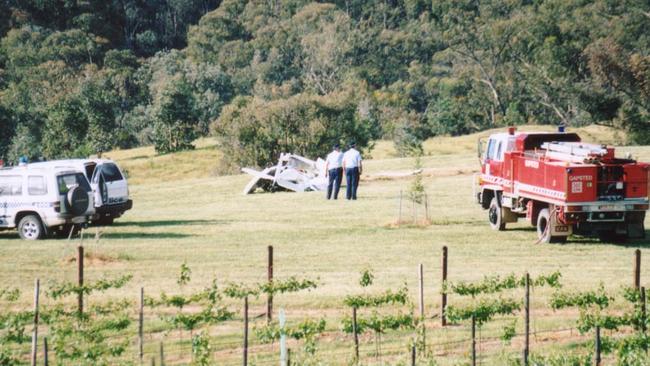
Hill did not want to drive to Myrtleford because he had drunk a few beers. But the police were so keen they sent a car for him, which got him to the floodlit crash site long after midnight.
Hill recalls it was obvious both men had died from compression injuries suffered when the plane had hit the ground nose first at speed — a classic example of the ever-present danger of stalling and losing airspeed and “lift”.
It can happen when a pilot approaches the ground a little too steeply and then a downdraft tilts the nose past the critical angle. To pull out of a such a dive is simple and safe at 1000 feet — but deadly 100 feet above the ground.
The plane’s Rotax motor, a make that enthusiasts regard as ultra-reliable, was later stripped down and checked by an expert who works for Victoria’s main Rotax importer, Floods. The engineer states he found nothing indicating engine failure.
In fact, the engineer told the Sunday Herald Sun that every crash case he has investigated in many years was caused by pilot error, not mechanical failure.
Paul Middleton, who wrote the Recreational Aviation Australia report on the crash, agrees completely. And he makes the point that ultralight fatalities happen regularly: another pilot died in a crash at Riddells Creek six weeks later and another near Geelong the following April.
Middleton repeats a point made by Ray Hill, who inspected the site: If the plane had suffered a mechanical problem, as some theorised, there were plenty of easier spots to land than the one Slusarczyk chose.
This tallied with local knowledge, which was that Slusarczyk had told a woman who worked at the winery he would land in front of their main building. The tough guy was showing off with a tricky landing in a tight spot.
MORE:
Later, several police were jailed after the drug “diversion” scandal. Interestingly, Strawhorn was prosecuted for a relatively small amount of unaccounted-for cash, yet was sentenced to seven years “on the top” — the same sentence as another bent cop, Ian Ferguson, who also faced a huge penalty of $999,500, probably because he had highly-visible assets he could not explain.
A jail cell is a fine and private place for a self-improver like Wayne Strawhorn. In his four years behind bars, he had time to study his hobbies.
Not just the finer points of gold prospecting and period house restoration but more cultured stuff, too, such as evaluation of art and wine as long-term investments.
Which might be a clue for those who wonder if, or how, he hid some of the missing millions from his innovative drug diversion scheme.


